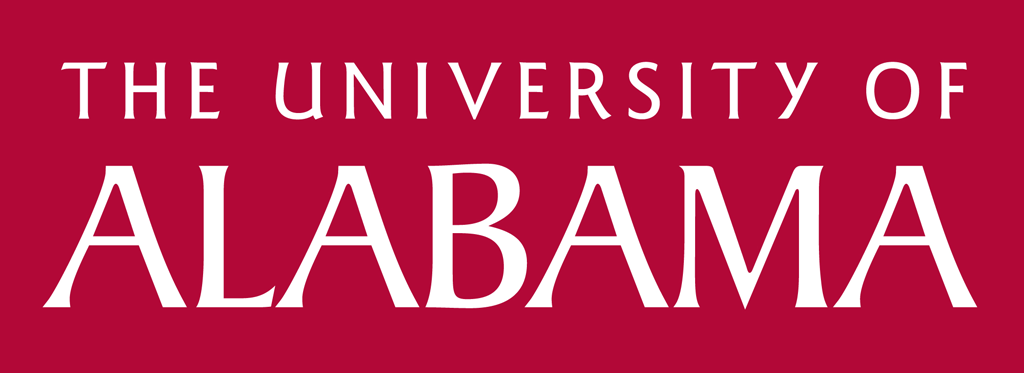MEDICAL MARIJUANA:
MYTHS AND REALITIES
Christopher J. Froehlich, Catherine J. Randall Research Scholar, University of Alabama
Alan Blum, MD, Center for the Study of Tobacco and Society, University of Alabama

Christopher J. Froehlich, Catherine J. Randall Research Scholar, University of Alabama
Alan Blum, MD, Center for the Study of Tobacco and Society, University of Alabama

Marijuana has been used both medicinally and as an intoxicant for thousands of years, notably in China. Europe and the Americas have mostly been exposed to marijuana as a medicine for about 200 years. Marijuana has progressed from an herbal medicine to a notorious illicit drug to a popular recreational drug and an alternative medicine. This change in public perception in recent years is the result of anecdotal reports on social media of its benefits. Because it is difficult for medical researchers to obtain marijuana for studies, there are insufficient data to prove or disprove many of these claims.1 One result is that medical approval of marijuana is left to state legislatures, who are “essentially legalizing recreational marijuana but forcing physicians to act as gatekeepers for those who wish to obtain it.”2
Research on the medical use of marijuana remains largely inconclusive because of the inherent obstacles to studying an illegal substance. Although proof of beneficial uses of marijuana may well emerge, currently the risks outweigh the benefits.
Alan Blum, M.D., Director
205-348-2886
ablum@ua.edu
© Copyright - The Center for the Study of Tobacco and Society
This website uses cookies to collect information to improve your browsing experience. Please review our Privacy Statement for more information.
